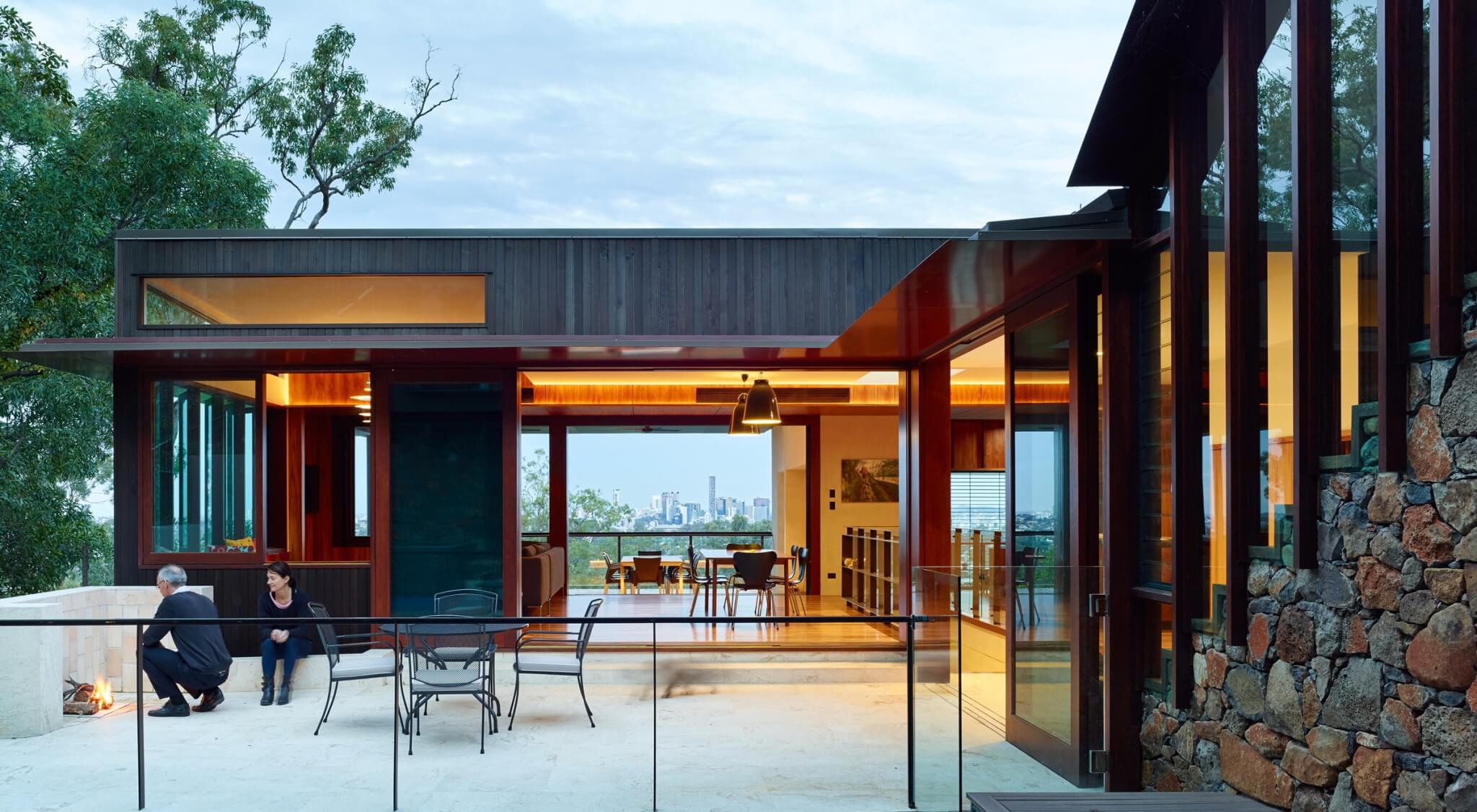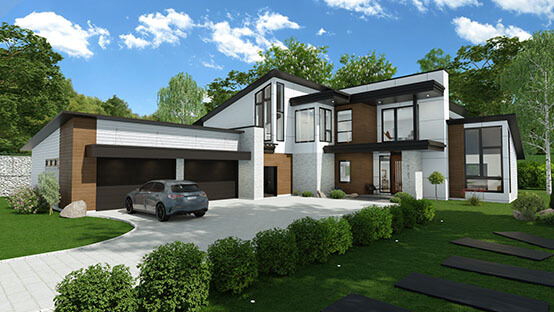Residential Architectural Firm: Tailored Designs to Reflect Your Unique Vision
Wiki Article
Just How Residential Architects Produce Customized Residences for each Way Of Life
The process by which domestic engineers style tailored homes is a nuanced interaction of understanding client demands and equating those understandings into useful living areas. With detailed assessments and the usage of layout devices, designers record the significance of their clients' lifestyles, making sure that each home mirrors personal values and ambitions.Recognizing Client Requirements

Reliable communication is critical in this process. Architects need to urge customers to articulate their way of lives, household dynamics, and future goals, guaranteeing that the design reflects their special identity. By using tools such as surveys, meetings, and aesthetic studies, architects can collect beneficial insights into the client's vision.
Moreover, recognizing the context in which a home will certainly exist is vital. Designers must consider variables such as the site qualities, local environment, and social impacts that can affect the layout. This all natural approach enables the development of rooms that are not just aesthetically pleasing yet lasting and additionally useful.
Ultimately, a deep understanding of client requires enables architects to produce tailored homes that enhance the lifestyle for their occupants, promoting a feeling of belonging and convenience within their living settings.
Style Process and Collaboration
The design procedure in property architecture is a vibrant interplay of creative thinking and partnership, where designers, customers, and different stakeholders function closely to bring a vision to life. This repetitive journey usually begins with a collection of meetings to establish a detailed understanding of the customer's aspirations, choices, and way of life needs. During these conversations, engineers gather vital information, enabling them to conceptualize designs that align with the client's vision.Following the initial assessments, the layout phase develops via illustrations, 3D models, and building renderings. This aesthetic interaction acts as a tool for designers to existing concepts, while also inviting customer comments, ensuring that the final design resonates with their assumptions. Reliable partnership with designers, specialists, and interior designers is critical throughout this stage, as it guarantees that all practical facets of the task are effortlessly incorporated.

Incorporating Lifestyle Components
Incorporating way of life elements right into domestic layout is essential for developing areas that genuinely resonate with the citizens. residential architecture homes. This process begins with recognizing the one-of-a-kind requirements, preferences, and everyday routines of the homeowners. Architects engage in thorough conversations to discover exactly how the individual or household uses their area, whether for entertaining visitors, going after leisure activities, or looking for peaceful hideaway
When these insights are gathered, engineers can tailor design attributes that enhance day-to-day experiences. Open floor strategies may be developed for family members that prioritize togetherness, while dedicated work areas can be incorporated for those that work from home. Outdoor areas, such as gardens or patio areas, can be highlighted for families that delight in exterior tasks or amusing.
Furthermore, adaptability is a crucial consideration; multi-functional spaces permit adaptability as way of lives advance in time. Customized storage space options can additionally be incorporated to meet certain organization requirements, making certain that the home remains clutter-free and practical. Eventually, by attentively weaving way of living aspects into the building material, domestic designers develop customized homes that not only accomplish aesthetic desires but also substantially improve the quality of life for their clients.
Sustainable and Smart Style
Lasting and clever layout progressively plays an essential function in property style, as home owners look for to decrease their environmental influence while boosting their living experiences. Architects are now integrating green materials, energy-efficient systems, and ingenious technologies to produce homes that not only satisfy visual desires but likewise offer the world.Incorporating sustainable power sources, such as photovoltaic panels and wind turbines, enables property owners to harness natural deposits, dramatically reducing reliance on traditional power grids. Smart home innovations additionally boost sustainability by optimizing power usage via automated systems that regulate air conditioning, illumination, and heating based on occupancy and choices.
Moreover, the usage of sustainable building materials-- like recovered wood, bamboo, and reused steel-- promotes a circular economy, decreasing waste and resource consumption. Architects also highlight easy style concepts, making sure homes are oriented for maximum natural light and ventilation, therefore decreasing the requirement for synthetic heating and cooling.
Along with eco-friendly benefits, lasting and smart design contributes to the general convenience and health of homeowners. By focusing on interior air high quality and natural environments, architects develop areas that foster well-being, enabling property owners to prosper in harmony with their atmosphere.
Wrapping Up and Carrying Out Strategies
Wrapping up and executing plans is an important phase in the household style procedure, where the vision of a personalized home begins to appear. This phase includes meticulous attention to detail, ensuring that every aspect of the style is exactly verbalized and all set for building and construction. residential architecture homes. Engineers collaborate closely with clients to evaluate last plans, resolving any final modifications or concerns, while ensuring that all elements align with the home owner's way of living requirementsOnce strategies are finalized, designers prepare thorough building files, including detailed illustrations and requirements that serve as a blueprint for builders. These documents outline materials, finishes, and setup methods, offering clarity for subcontractors and service providers. In addition, securing needed authorizations and adhering to local building codes is crucial, as it makes sure conformity and smooth job execution.
By fostering a collective atmosphere, architects can guarantee that the application aligns with the initial vision. Inevitably, this vital phase changes concepts right into fact, laying the structure for a home that mirrors the distinct way of living and choices of its citizens.
Verdict
In conclusion, property designers play a crucial role in crafting personalized homes that provide to varied way of lives. Through precise understanding of client demands, joint design processes, and the integration of lifestyle elements, architects guarantee that each home shows private choices.The procedure by which property architects design tailored homes is a nuanced interplay of recognizing customer demands and converting those insights right into practical living areas. Via comprehensive appointments and the usage of style devices, architects record the essence of their clients' lifestyles, making sure that each home mirrors individual values and aspirations. Engineers ought residential architects to motivate clients to articulate their way of livings, family dynamics, and future ambitions, ensuring that the design mirrors their distinct identification.The style procedure in domestic design is a dynamic interaction of creativity and partnership, where engineers, clients, and numerous stakeholders function very closely to bring a vision to life - residential architecture homes. Via precise understanding of client demands, collaborative style processes, and the combination of way of life components, engineers make certain that each home mirrors private preferences
Report this wiki page